Business Intelligence Requirements Analysis
Length:
In-person classes – 2 days
Overview:
Gathering and analyzing requirements for BI projects have several components that are unique on IT projects. One of the complexities includes uncovering and defining multiple dimensions of information that clients want to see reported. Another challenge is to make data flexible enough to allow as-yet unknown querying and “mining.” Finally, the promise of BI involves using it to help make future predictions and support good decision-making.
For these reasons and more, analyzing and documenting BI requirements create the need for special knowledge and skills. This course addresses those special knowledge areas and helps build the skills of people who work on defining BI requirements. By learning a combination of industry best practices and practical approaches, attendees will improve their BI project success.
Pre-requisites: Participants should have worked on at least one project.
Skill Level: Basic
Audience:
Business analysts, systems analysts, BI specialists, project managers, and end-users who work on BI projects and gather and analyze requirements for them.
CEUs: 1.4 ($75.00)
Certificate Programs:
- Masters Certificate in Business Analysis
Format:
To help assimilate the tools and techniques learned, there is a mixture of individual and team exercises throughout the course. A lively role play and case study help reinforce concepts learned. Students will need to be prepared for a high level of participation. Each participant will receive a comprehensive student guide complete with examples and workshop solutions.
Content:
Introduction to Business Intelligence
- Understanding BI
- BI Definition
- Related Terms: DSS, EIS, BI
- Benefits of BI
- Reporting
- Decision-Making
- Data Mining
- Support of Business Processes
- Evolution of BI
- The evolution from earlier constructs (DSS, EIS, DW)
- Context of BI with other applications
- Generic BI structure and flow
- Operations to OLTP to OLAP
- Constraints on BI
- Common BI mistakes
- Technology Constraints
- Data source, performance, technology adoption
- Data quality issues
- Transformation challenges (e.g., ETL)
- Architectural maturity and coordination
- Business Constraints
- Historical data needs
- Data currency needs
- Summarization needs
- Requirements volatility
- Data sharing culture
- Regulatory and compliance issues
- Project Management Constraints
- Budget and resources
- Change management
- Expectations management
- Gaining/maintaining executive support
- BI Project Considerations
- Keys to BI Success
- Right data, right measures, right format, right questions
- Big Four Must-Haves
- Accurate Answers
- Valuable Insights
- On-Time Information
- Actionable Conclusions
- The BI Maturity Model
- Best Practices Summary
- Workshop
Eliciting BI Requirements
- Typical BI Requirements shortcomings
- Elicitation Skills
- Elicitation Framework
- Concurrent modeling for BI requirements
- Process
- Data
- User interfaces
- Interaction
- Elicitation Venues/techniques to uncover analytics requirements
- Requirements Package
- Requirements context topics to elicit for BI
- Types of BI needed
- BI Objectives
- BI uses to consider
- Processes BI will support
- Workshop
BI Patterns
- Data modeling concepts
- Operational data vs. BI data
- How dimensional modeling relates to logical data modeling
- Star Schemas
- Snowflake Schemas
- OLAP: Online Analytical Processing
- Differences from transactional (OLTP) reporting
- The cube concept for understanding BI data access
- Drill-up, Drill-down, and Drill-through capabilities
- Multidimensional Analysis
- Eliciting BI Data requirements
- Building on previous context requirements
- Dimensional Modeling Constructs for BI
- Dimensional modeling components: Facts, Attributes, and Dimensions
- Methods to structure elicitation from stakeholders and document data requirements
- Facts defined
- KPI’s defined
- Dimensions defined
- Categories of dimensions and examples
- Workshop
- Attributes defined
- New attributes and data calculations
- Data needed to support your desired functionality
- Mapping information from Operational data views to current and future data sources
- Data Source Patterns
- Physical, Virtual, Hybrid
- Structured and unstructured data
- Business metadata
- Workshop
BI Interfaces
- BI Query and Distribution requirements
- BI Query characteristics
- BI Interface characteristics
- What is a View and Types of Views?
- Reporting and analytical functionality
- Static and flexible presentation of data
- Reports
- Visualization: Charts, Graphs, Maps, etc.
- Dashboards
- Custom Formats
- Introduction to Sparklines
- Distribution characteristics
- Push vs. pull distribution
- Notifications
- KPIs in interfaces
- Questions to ask to elicit BI interface requirements
- Usability and interface expectations
- “Look and Feel” for how info should be delivered to users
- Prototyping to elicit and validate BI Requirements
- Workshop
Finalizing BI Requirements
- Non-functional BI requirements
- Security and access
- Availability
- Data currency and retention
- Performance and recoverability
- Regulations and compliance
- Business rules for BI
- Data quality and accuracy considerations
- Data transformation and cleansing
- Process mapping to define data extract and load process
- Special history considerations for BI data
- Workshop
This outline is subject to change.
